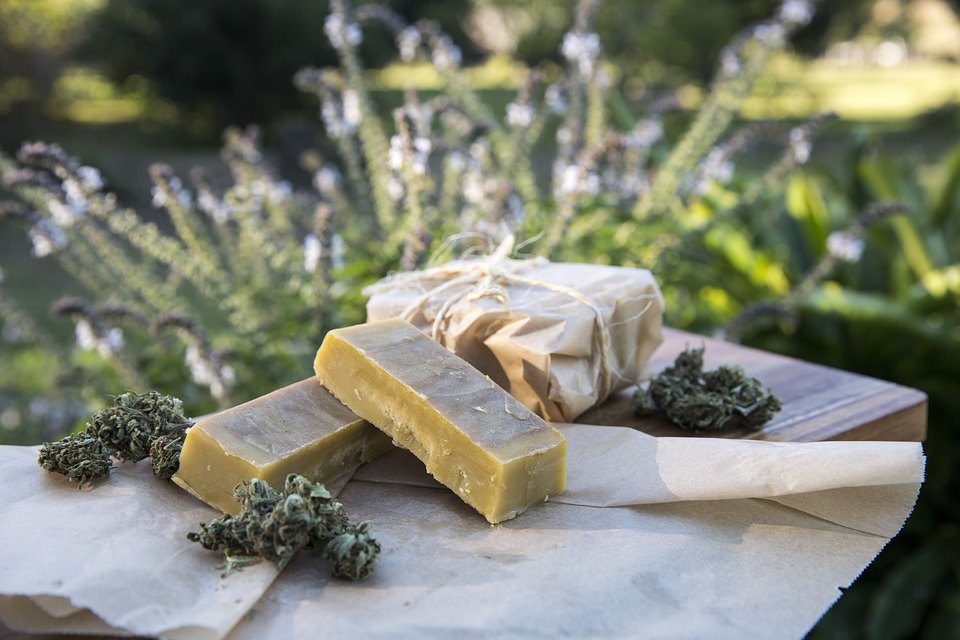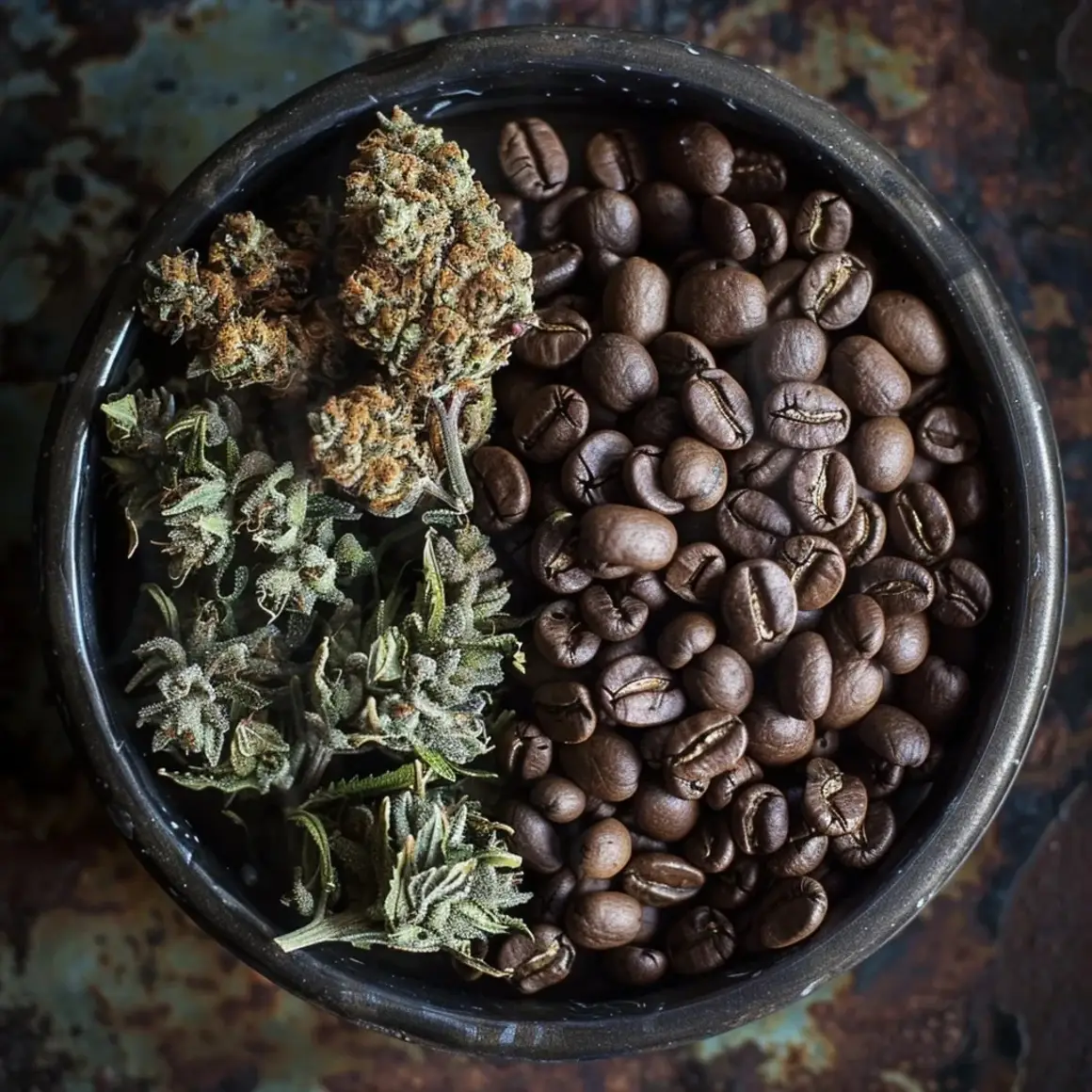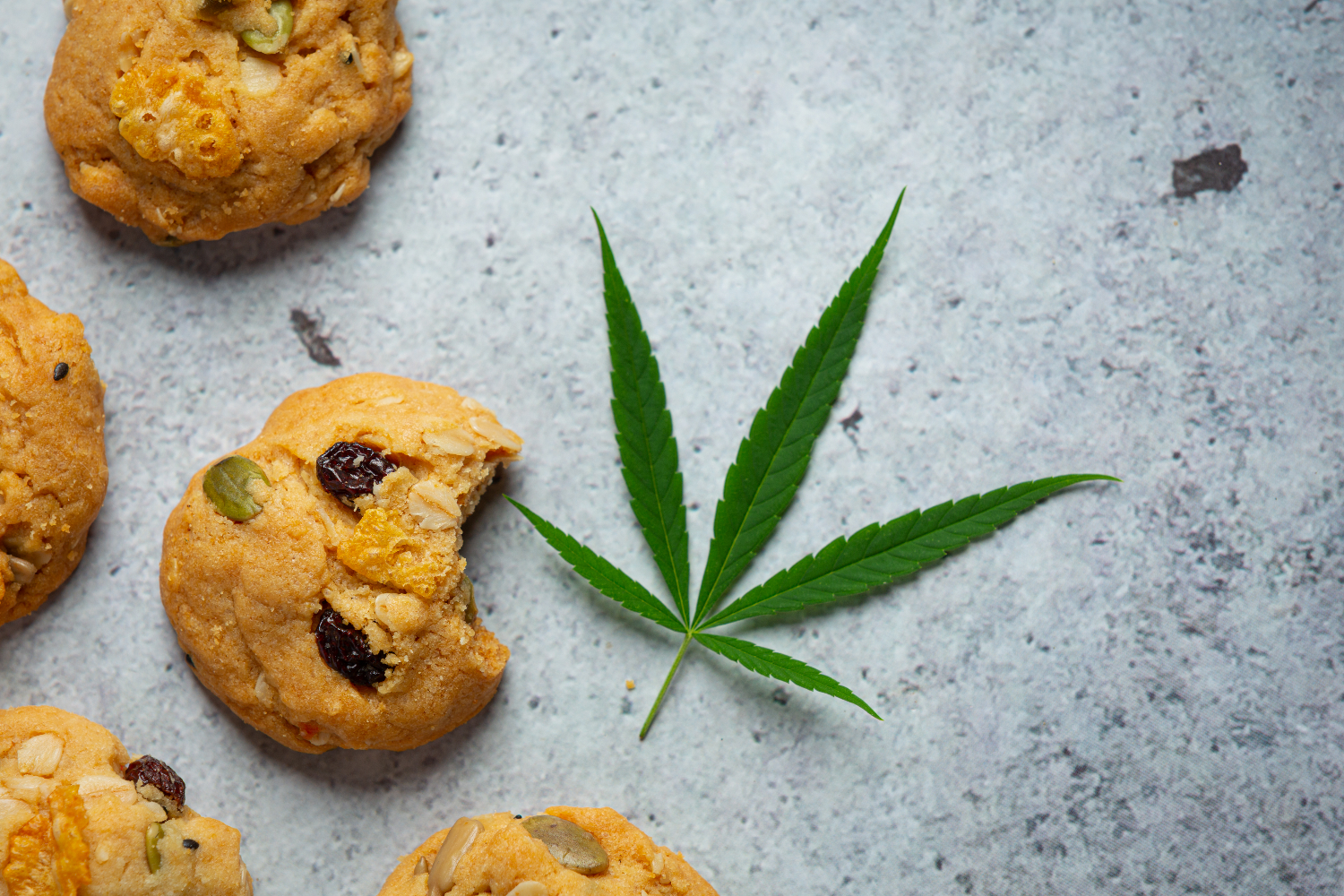The cannabis industry has seen an explosion of creativity and innovation in recent years, with many manufacturers and enthusiasts exploring new ways to consume and experience the plant. One of the most popular methods of cannabis preparation is infusion, where cannabis extract is mixed with fats and oils to create a wide range of products, from edible treats to topical creams. But what happens at the molecular level when cannabis meets fat? Let’s dive into the fascinating world of cannabis and chemistry.
The Infusion Process
Infusion involves dissolving cannabis extract in a carrier oil or fat, allowing the active compounds to bind to the fatty acid molecules. This process is essential for creating stable, consistent, and effective products. The three main components of the infusion process are:
- Cannabis Extract: The extracted cannabis material can come in various forms, such as decarboxylated flowers, buds, or isolate powders.
- Carrier Oil: Fats and oils with varying chain lengths, such as olive oil, coconut oil, or hemp seed oil, serve as the solvent and provide a natural medium for infusion.
- Infusion Method: There are several techniques to choose from, including heating, shaking, or blending. The chosen method determines the speed and efficiency of the infusion process.
The Science of Fatty Acids
Fats and oils contain fatty acid chains, which play a crucial role in the infusion process. There are three primary types of fatty acids:
- Saturated Fatty Acids (SFAs): Short and linear, these fatty acids (e.g., palmitic acid) form a stable matrix, allowing cannabis compounds to bind efficiently.
- Unsaturated Fatty Acids (UFAs): With double bonds between carbon atoms, these fatty acids (e.g., oleic acid) have a more fluid structure, enhancing the solubility of cannabis compounds.
- Essential Fatty Acids (EFAs): These crucial fatty acids, such as omega-3 and omega-6, are required for human health and can be used as carriers in infusion processes.
How Cannabis Compounds Bind to Fatty Acids
When cannabis extract is introduced to a carrier oil, the active compounds, such as cannabinoids and terpenes, dissolve into the fatty acid chains. The binding mechanism involves:
- Hydrophobic Interactions: Cannabis compounds, with their non-polar structures, interact with the non-polar fatty acid chains, forming bonds between the cannabis molecules and the oil.
- van der Waals Forces: Weaker, but still significant, intermolecular forces between cannabis compounds and fatty acid chains also contribute to the binding process.
Factors Influencing Infusion Efficiency
The infusion process can be affected by various factors, including:
- Cannabis Extract Concentration: Higher concentrations may lead to improved solubility, but excess extract can negatively impact product consistency.
- Carrier Oil Chain Length: Longer chain oils, like olive oil, can enhance solubility, while shorter chain oils, like coconut oil, may require more precise control.
- Temperature and Time: Heat and exposure time can affect the rate and efficiency of the infusion process.
Conclusion
The art and science of cannabis infusion rely on a deep understanding of the interactions between cannabis compounds and fatty acids. By selecting the right carrier oil, choosing an optimal infusion method, and controlling key variables, manufacturers can create high-quality products with precise dosing, consistent flavor, and effective potency. As the cannabis industry continues to evolve, the importance of chemistry and research will only grow, driving innovation and excellence in the development of infused products.









Comments (0)